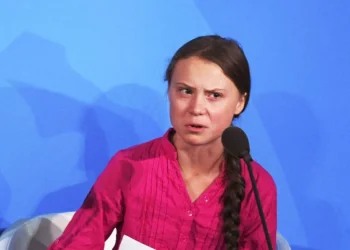The Pan American Health Organisation (Paho) has announced that the number of cases of dengue fever in Central and South America has almost tripled to a record high this year.
Over 12.6m cases and 7,700 deaths were recorded in what Paho has said is the biggest outbreak in the region since record keeping began in 1980.
Brazil, Argentina, Colombia, and Mexico were the hardest hit countries by the virus, accounting for the majority of cases and deaths.
Dengue fever is a mosquito-borne virus that can cause illness or death in serious cases and its symptoms include fever, severe headache, pain behind the eyes, muscle and joint pain, and a mottled rash.

Individuals suffering from a more severe type of dengue might experience severe stomach pain, fatigue, vomiting, and blood in vomit or stool.
Vaccines have been introduced in certain countries in the region, while others, like Honduras, have plans to begin distribution in 2025.
In a statement, Paho urged for stronger mitigation efforts and collaboration across the Americas.
Paho’s director, Dr. Jarbas Barbosa, remarked that the high number of cases is closely associated to a hotter, wetter climate and factors such as stagnant water around homes and poor waste management, create breeding grounds for these mosquitoes.
Dr. Barbosa further added that the virus posed a “higher-than-normal” risk to children.
Children and people with pre-existing health conditions are more likely to have the disease and develop more complicated symptoms.
Paho data had also revealed that in Guatemala, 70% of dengue-related deaths were children, whereas in Mexico, Costa Rica and Paraguay, under-15s made up more than a third of the more severe cases.
The US Centers for Disease Control and Prevention has since revealed that about half the world’s population live in areas with a high risk of contracting the disease.
Dengue Fever is spread through the bite of an infected mosquito, most commonly, the Aedes aegypti.











